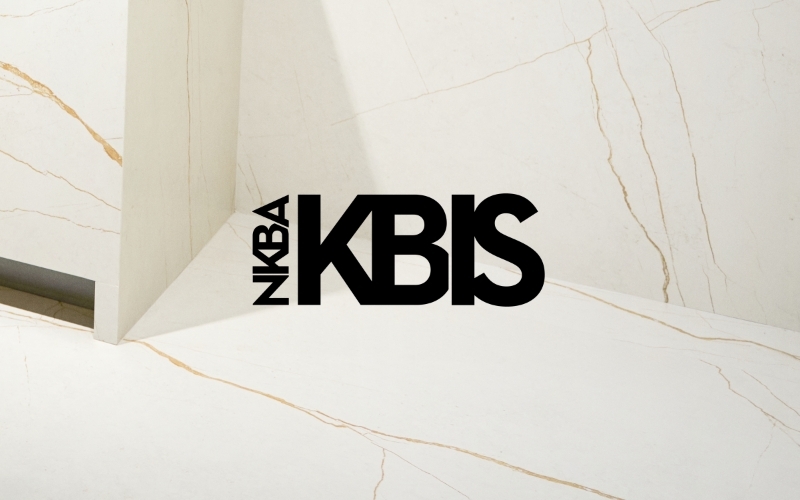Brand Strategy

Written By
Jennifer Voorhees
Group Client Business Director
Picture this: Your company rolls out the newest model of a top-selling home appliance after extensive R&D and flawless user testing. Early sales look great. Then, one homeowner publishes a scathing review on a major retailer’s website:
Whatever you do, do not try this product!
The homeowner spares no details in describing what went wrong with the appliance or the manufacturer’s subsequent, shoddy customer service. The appliance’s average review tanks on the retailer website. Sales suffer.
Welcome to the powerful world of ratings and reviews. From five little stars (or fewer) to glowing (or disparaging) words, consumer reactions to products and services carry a lot of weight in the modern marketplace. With a hunger for honest feedback and an easy way to access it, savvy shoppers are more heavily influenced by their peers — other shoppers — than brands’ carefully crafted copy claiming product features and benefits. Is that sofa really easy to clean? Does that building product always stand up to moisture? Does that shirt run small, or is it true to size? Did the appliance repair person arrive on time, fix the problem and clean up their mess before leaving?
It’s easy to understand why many brands have a love-hate relationship with ratings and reviews — unfiltered, user-generated content that can make or break sales goals. But it’s just as important to recognize the potential for brands that not only accept but also encourage customer feedback in the public domain.


